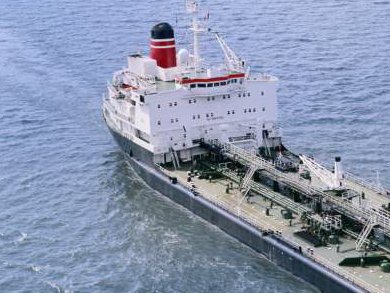Scientists around David Hollander, University of South Florida (USF), confirmed by isotopic comparisons that giant plumes of oil lurking undersea in the Gulf of Mexico have been produced during BP’s Deepwater Horizon oil disaster. The plumes represent a great hazard for marine life because the high pressure at the wellhead has pulverized it, and chemical dispersants have broken it into microscopic, easily ingestible droplets. Unlike the short lifetimes of surface oil slicks, which physical forces can degrade, only hydrocarbon-digesting marine microorganisms can convert these into less harmful by-products.
David Valentine, University of California, Santa Barbara, points out, that the activity of such microorganisms could eventually pose risks to the Gulf’s ecosystem, particularly in the deep ocean: The huge source of food could produce bacteria blooms or massive population explosions. As the blooms die and decay, they remove oxygen from the Gulf water, jeopardizing the health of fish and other aquatic animals. The Gulf of Mexico already suffers from an enormous hypoxic dead zone, measuring more than 8,000 sq miles— about the size of New Jersey —, generated by nutrient-laden runoff from the Mississippi River.
Hypoxia could also slow or alter oil metabolism in the dead zone such that oil lingers indefinitely.




